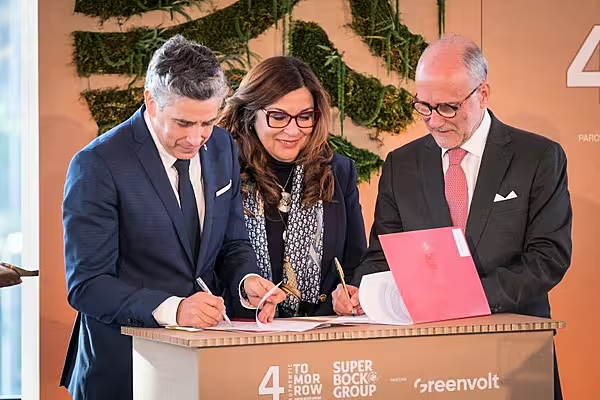Despite a general downturn in global wine consumption in 2024, following a post-pandemic surge, Italian wine exports showed positive growth, primarily driven by sparkling wines, especially Prosecco.
A Nomisma Wine Monitor report highlighted that while the main 12 wine import markets experienced declines, Italy saw increases in import, particularly in the US, Canada, China, and Brazil.
Sparkling wine exports from Italy grew by 4.8% in value across 12 key markets, accounting for over 60% of global wine imports, contrasting with an overall 5.1% decline in the market.
The US (+11%), Australia (+10%), and Canada (+9%) saw notable increases in Italian sparkling wine imports.
The report also noted that the rebound in Australian wine exports to China, following the removal of tariffs, significantly impacted the market. French wine exports continued to decline (-2.4%), with Champagne sales particularly weak (-10%).
Domestic Consumption
In Italy, inflation has led to a 2% drop in wine sales in supermarkets and hypermarkets, with declines in both red (-4.6%) and sparkling wine (-7.4%) sales. Discount stores, however, saw 1.2% growth, especially in sparkling wine sales.
Italian wine companies are increasingly focusing on new export markets in Eastern Europe and Latin America, with notable growth in countries like Poland (+26% compared to 2022), the Czechia (+47%), Romania (+22%), Mexico (+3%), and Ecuador (+56%).
Brazil, with its growing middle class, also presents a significant opportunity, particularly for Tuscan and Piedmontese red wines.
A key concern raised in the report is the ageing demographic of wine consumers in Italy and the US.
Younger generations, particularly Gen Z, consume wine infrequently and have limited product knowledge, focusing primarily on alcohol content and sustainability.
This trend is driving the growth of non-alcoholic wine options in the US, as producers seek to engage younger, health-conscious consumers.









